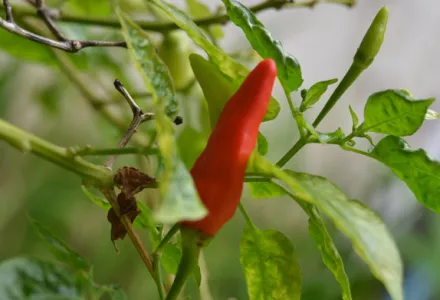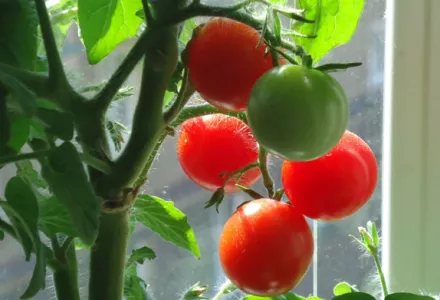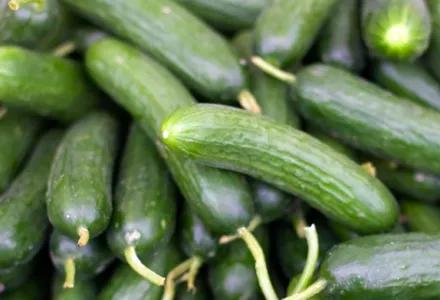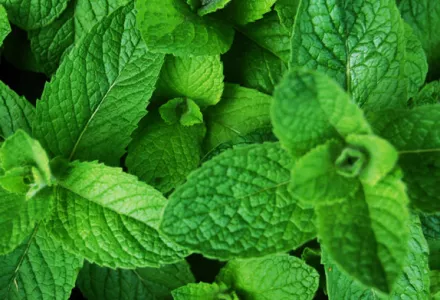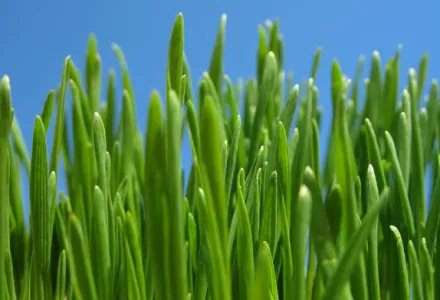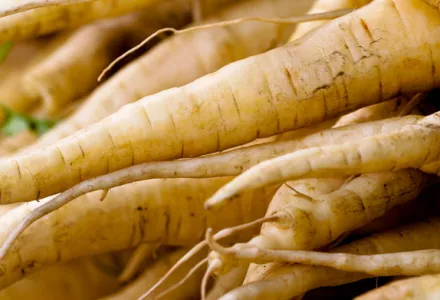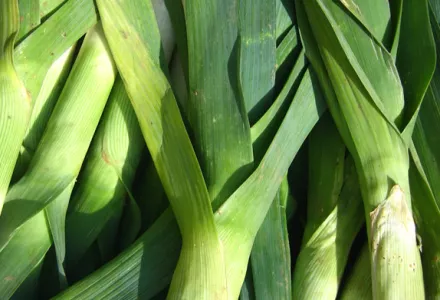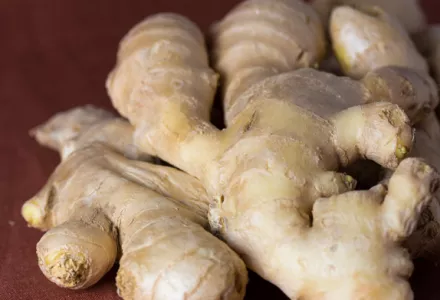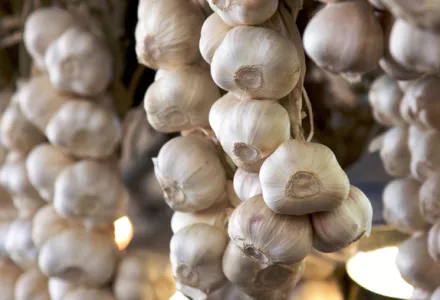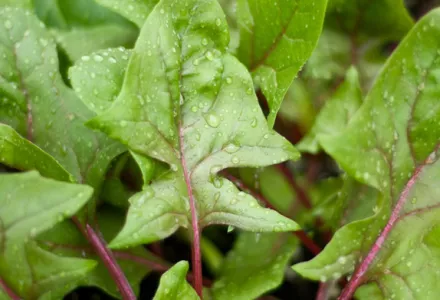They’re just tiny little beans. But this is one case where size does not matter, because these little beans are so versatile, some people say that one day soy could be the only plant grown on the entire planet. Well, that would be a bit dull for all us plant-lovers, but you certainly have to respect this protein-packed ninja of the vegetable world. Let them eat soy!
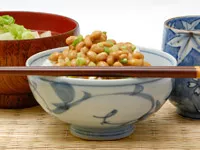
Around five thousand years ago, the Chinese first began to cultivate soy plants. The short green pods each contained 2 to 4 beans, which they used as food and, once they discovered their health benefits, as ingredients for medicine. The soy bean rapidly became one of the most important crops to the Chinese. According to Chinese mythology, in 2853 BC, the legendary Chinese emperor Shennong proclaimed five plants to be sacred: soy beans, rice, wheat, barley, and millet.
The Chinese spill the beans on their soya secret
The Chinese kept their soy beans a secret from the rest of the world for as long as they could, but eventually word got out, and little by little, the soy bean conquered the whole world. By about the first century AD, soy beans were being introduced into several other Asian countries due to the spread of trade routes, via both land and sea. The evidence suggests that soy bean cultivation began on the Japanese archipelago in the early Yayoi period. The earliest references to the soy bean in Japanese writing are in the classic Records of Ancient Matters, which were completed in 712 AD. Many people have claimed soy beans in asia were historically only used after going through a fermentation process. however, a drink similar to soy milk has been used since 82 AD and there is evidence that tofu consumption dates back to 220 AD.
The beans were introduced to America in 1765, and that was when they really took off. They were brought over by a sailor named Samuel Bowen who took some seeds with him from China. He was the first of many soy bean growers in the USA and they even exported soy sauce to England.
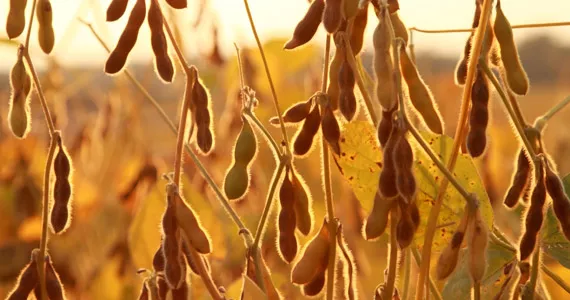
Henry Ford leads the soya revolution
Soy beans took on a very important role in the United States during the 1930s. During the Great Depression, the drought-stricken regions of the United States were able to use soy crops to regenerate their soil because of the plant’s nitrogen- fixing properties. Farms were instructed to increase their production to meet government targets, and Henry Ford was a great pioneer of using soy beans in industry. In 1932-33, the Ford Motor Company spent approximately $1,250,000 on soy bean research. That would be the equivalent of billions in today’s money. By 1935, the manufacture of every Ford car involved products derived from soy. There was soy bean oil used in the paint and in the fluid for the shock absorbers, for example. Henry Ford promoted the soy bean, helping to find uses for it both in food and in industrial products.
Vegetable versatility
How does this work? Well, after soy beans are harvested, they are cleaned, cracked and de-hulled. Then the soy bean oil is separated from the soy bean meal.
The soy bean oil is refined for use in margarine, salad and cooking oils, plus hundreds of other non-food products. There’s a good chance that the newspaper that comes through your door each morning is printed using soy ink. And the foam insulation and carpet backing in your home? It’s made from soy plastic. Not a day goes by without us touching or tasting something derived from soy beans, even though we may not know it. The elevators that take visitors to the top of the Statue of Liberty rely on a soy-based hydraulic fluid. Soy bean meal is also used to make wood adhesives, biodegradable plastics, printing inks and textiles. Whether it’s candles, cleaning fluids, crayons, cosmetics, concrete sealers, dust control, engine oil, fuel, industrial lubricants, paints, roof coatings or varnishes, soy is an essential ingredient for natural, renewable products from A to Z. That’s a small miracle, when you think about it!
But it doesn’t stop there. Soy bean meal represents 68 percent of the world’s protein consumption. It provides nutrition for hundreds of species including poultry, pigs, cattle, fish, dogs and cats. In fact, every part of the bean can be put to good use. Lecithin is extracted from soy bean oil for pharmaceuticals, protective coatings and emulsifiers that keep chocolate and cocoa butter in candy from separating. The soy bean hull is used as a high-fibre ingredient for breads and crackers. Even the stubble left over in the fields after harvesting can be collected to make building materials.
Cancer treatment?
It seems the soy bean may well have unique health benefits too. Plant oestrogen were first identified in the early 1930s. Back then it was discovered that soy beans contained compounds that were much like oestrogen. Scientists began studying the role played by isoflavones in reducing the risk of breast cancer in the 1960s. In a Japanese study carried out in 1981, researchers found that daily consumption of miso, a soy bean paste, was linked to lower death rates from stomach cancer in over 260,000 men and women. At around that time, other studies on soy were being published in the United States. In october 1999, the U.S. food and Drug administration (FDA) agreed to permit health claims about soy’s role in reducing heart disease on food products containing soy protein.
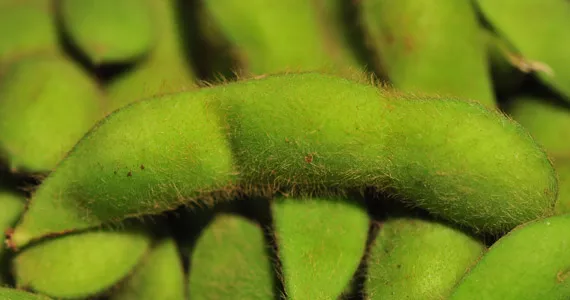
Some researchers believe that the isoflavones in soy, such as genistein, daidzein, and glycitein, could play a role in reducing the risk of cancer. A number of studies have suggested that soy may reduce the risk of several types of cancer, including breast, prostate, ovarian, and uterine cancer. Scientists believe there is enough evidence for phytoestrogens to be studied in clinical trials alongside standard medical treatment for breast or prostate cancer. Human studies sponsored by the National Cancer Institute are on their way. Large-scale studies looking at groups of women with a high soy-based dietary intake have shown a lower risk of breast cancer and endometrial cancer. It is also possible that the weak oestrogen-like effect of soy may help to prevent prostate cancer.
Bean protection for breasts
Some studies have suggested that the effect of soy foods on breast cancer depends on the age at which they are consumed. It is thought that a high soy intake in young women during breast development, while oestrogen levels are relatively high, may offer some degree of protection. Several clinical studies of women with breast cancer have been done to learn whether soy capsules can help with the symptoms of the menopause.
Meanwhile, studies of men with prostate cancer have suggested that soy-based foods and supplements may reduce levels of prostate-specific antigen, a substance that typically increases as prostate cancer develops. In another study, while PSA levels did not decrease during soy treatment, they rose less rapidly than before the study began. Although these results are encouraging, further research is needed to learn whether soy products help men with prostate cancer to live longer. But initial results look promising.
Soy beans and soy-based foods have been shown to lower cholesterol and reduce blood pressure and the list of health benefits is getting longer and longer. It’s amazing how much you can do with a simple soy bean and the health benefits that are packed inside. Mother nature has been very generous!
But enough about the wonders of this little bean... The best way to enjoy it is to let it get intimately acquainted with your taste buds.
Mmmmmmmm, edamame hummmmmmus
Edamame beans are succulent young soya beans. They have a subtle juicy flavour and are light green in colour. Try this hummus recipe for a simple twist on traditional hummus. Some say it tastes even better than the original!
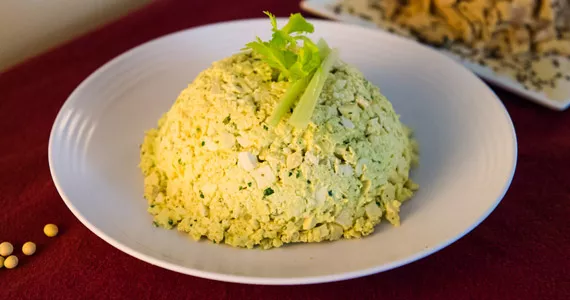
Ingredients:
| 2 cups | Edamame, shelled and cooked according to package directions |
| 1/4 cup | Soya bean oil |
| 3 tablespoons | Lemon juice |
| 2 teaspoons | Garlic, chopped |
| 3/4 teaspoon | Cumin, ground |
| 1/2 teaspoon | Salt |
And here is how you do it. Puree the edamame, oil, lemon juice, garlic, cumin and salt for 30 seconds using a food processor, until the mixture is almost smooth. Add a little chili if that is your thing. Done. Easy beany!

